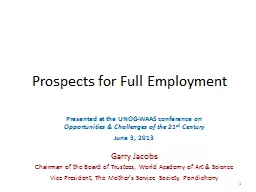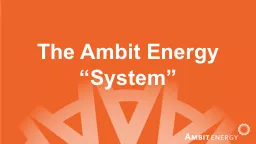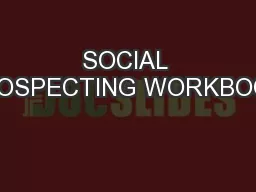PPT-Prospects for Full Employment
Author : lois-ondreau | Published Date : 2016-11-23
Presented at the UNOGWAAS conference on Opportunities amp Challenges of the 21 st Century June 3 2013 Garry Jacobs Chairman of the Board of Trustees World Academy
Presentation Embed Code
Download Presentation
Download Presentation The PPT/PDF document "Prospects for Full Employment" is the property of its rightful owner. Permission is granted to download and print the materials on this website for personal, non-commercial use only, and to display it on your personal computer provided you do not modify the materials and that you retain all copyright notices contained in the materials. By downloading content from our website, you accept the terms of this agreement.
Prospects for Full Employment: Transcript
Download Rules Of Document
"Prospects for Full Employment"The content belongs to its owner. You may download and print it for personal use, without modification, and keep all copyright notices. By downloading, you agree to these terms.
Related Documents














